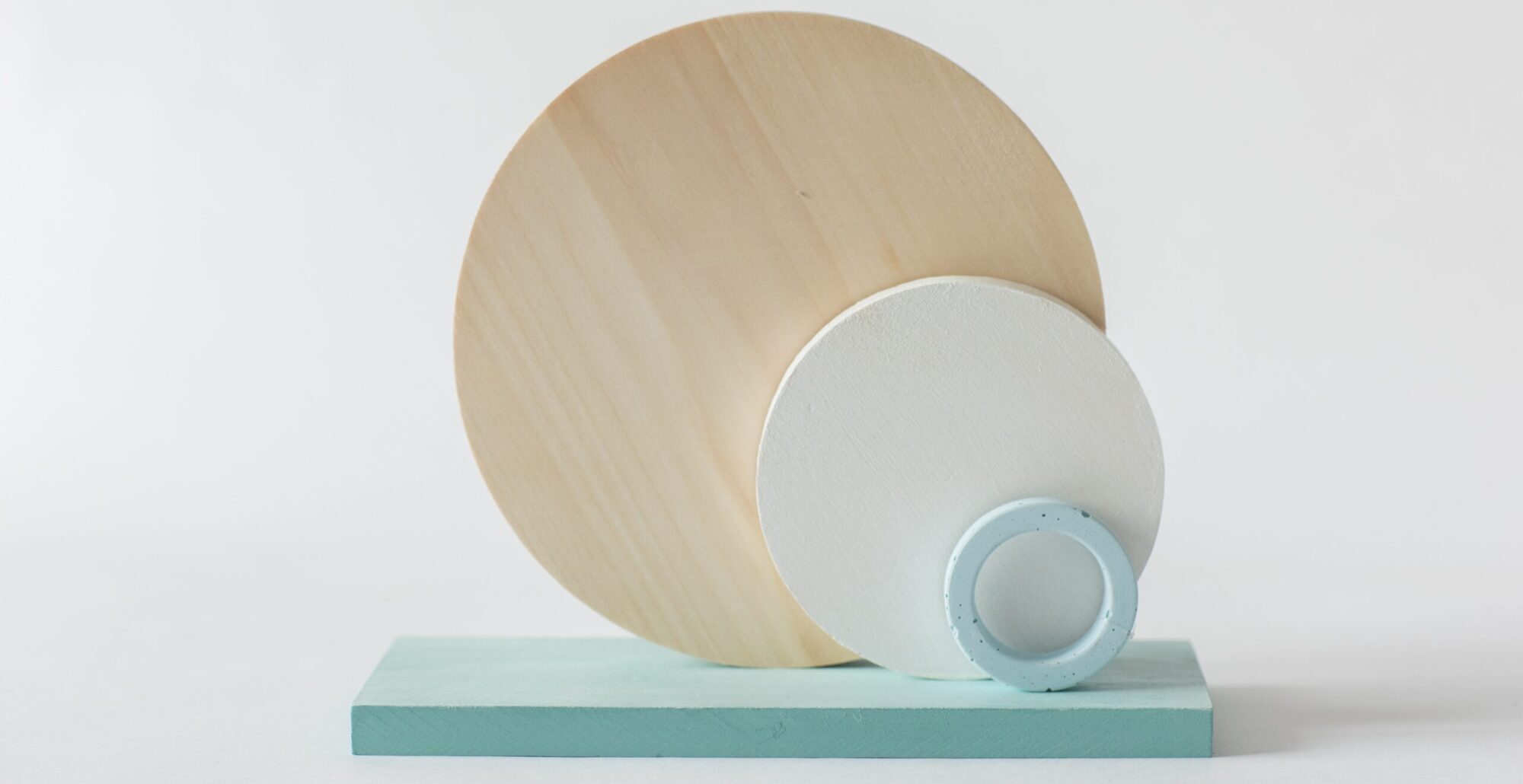S is a senior executive in a large corporation. She is in her 50s and looking to retire in the next couple of years. She has no dependent. She only started to look at financial products to help her in her retirement planning this year.
She is not in a bad financial position. She owns two properties. She stays in one, which is a government housing and near her parents. She rents out the more expensive private property for close to $10,000 per month. Both the properties are fully paid up so she has been enjoying good passive income from the rent alone.
As she is still working, she is accumulating cash and wants to look at financial products to help her maximize her return. In our conversation, she has been looking mostly at short term instruments
a. 6 months T bills which are paying about 3.5% to 4% interest
b. Short term (1- 3 months) currency pairing instruments that is giving her 4% pa
c. Leverage (borrowing in Japanese Yen and Swiss francs with lower interest rates) and buying Singapore REITs and Bond Funds in Singapore dollars offering better yields.
She also dabbles in some stocks but she mentioned that she doesn’t keep any of them for more than 1 month. Essentially, she is a trader.
She aspires to travel to different countries once she retires. She intends to stay in each country for 1 to 3 months and move on to the next country.
While she can fund her retirement and travels, our conversation revolves around how we can make her financial instruments provide more predictable and stable returns for her over the longer term. She needs instruments that can give her stable income over the next 20-30 years and be a hedge as well to the rental income that she is receiving.
In Trio-Retirement Plan, we discussed about the three “O”s. We did not go into specifics on her desired expenses and how much the rental and investment income can cover her cost during her retirement. However, we discussed about suitable investments for her RESERVES “O” and INVESTMENT “O”.
So far, she has only been looking at short term investment instruments like T-bills and currency pairing structured deposits. Those instruments are suitable for her RESERVES “O”. She has to spend more effort to look at instruments in the INVESTMENT “O” to provide her with sustainable and long term retirement income.
For her income portfolio in INVESTMENT “O”, we discussed the following instruments
a. Blue chip REITS – giving about 5.5% to 6.5% pa now. She was looking at some smaller players and since she is new to financial products, I was encouraging her to look at more stable companies with stronger sponsors.
b. Bond funds hedged to Singapore dollars – providing about 6% pa. She was looking at PIMCO bond fund which I think that it is an excellent product for her.
c. Equity funds – she was looking at some larger Blackrock funds which I think she is in the right direction.
For her growth portfolio in INVESTMENT “O”, I was encouraging her to look at holding stocks for a longer period instead of trading them frequently. She is technology savvy and I thought she should be keeping stocks in the space of Artificial Intelligence (AI), Blockchain and Electric Vehicles (EV) for the longer term. I was also encouraging her to look at various ETFs that can help diversify her risk from one particular company.
As she gets more into the financial space, I am sure she can explore more products that can fit her financial plan. Trio-Retirement Plan helps her frame different products with different characteristics and timeframes into different “O”s or buckets.
TRI-O RETIREMENT PLAN is a simple way to help you get started on your retirement planning. Learn the FUNDAMENTALS and HOW TO GET STARTED. There is also a spreadsheet to help you CALCULATE your monthly savings and your project monthly income at retirement. You can check out our BLOGS on topics pertaining to retirement planning. Feel free to CONTACT US if you have any questions or comments.


